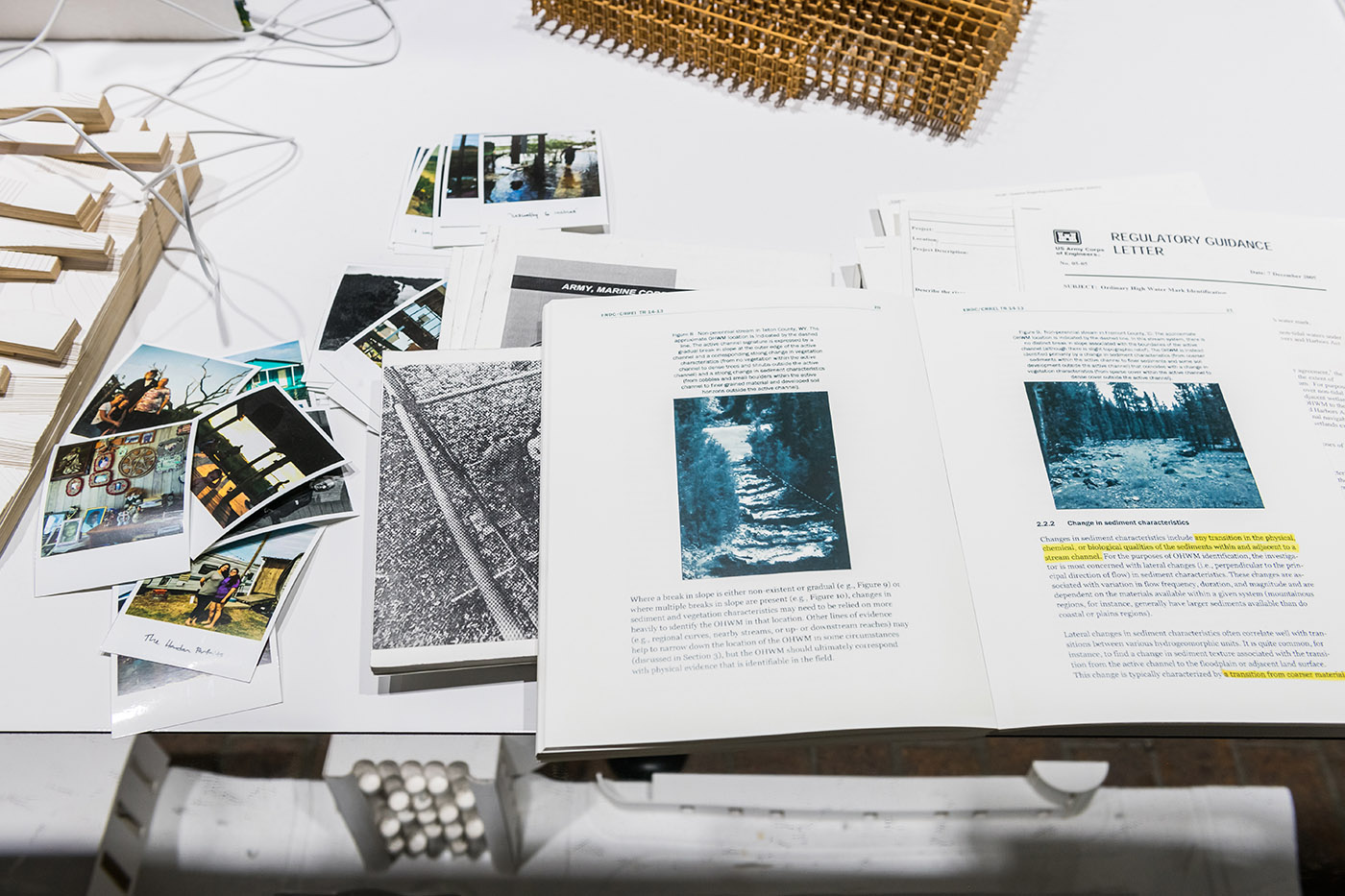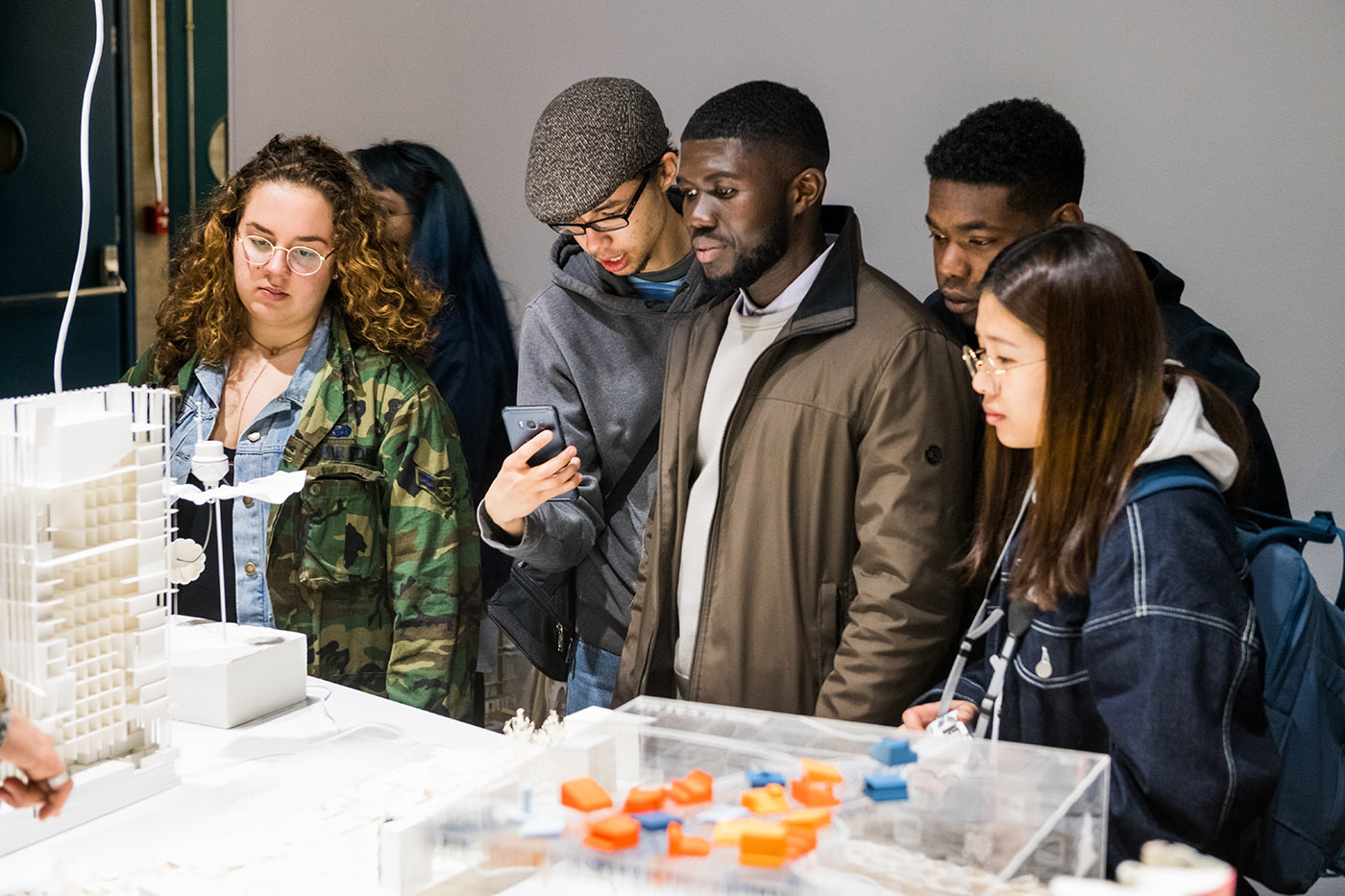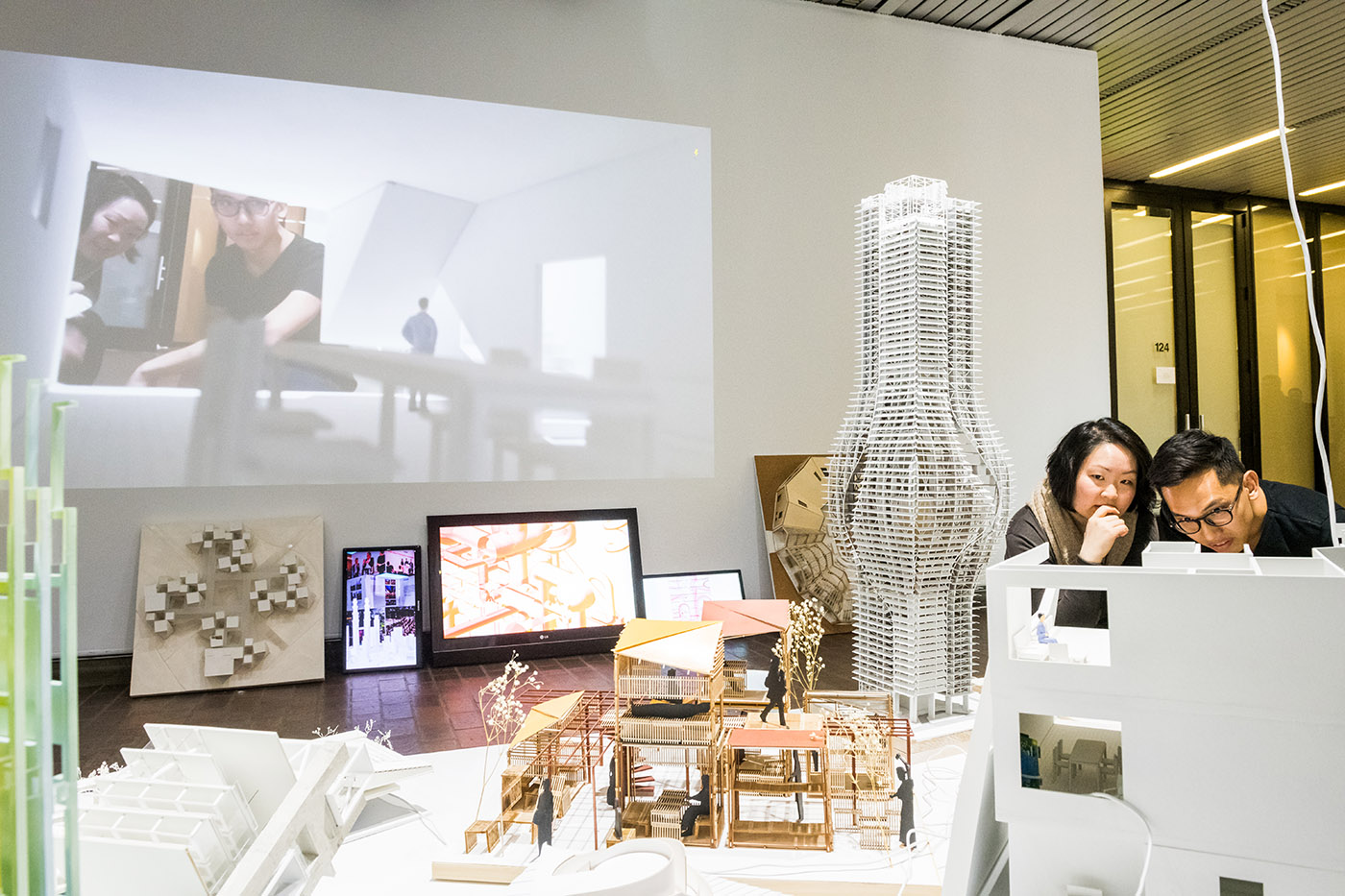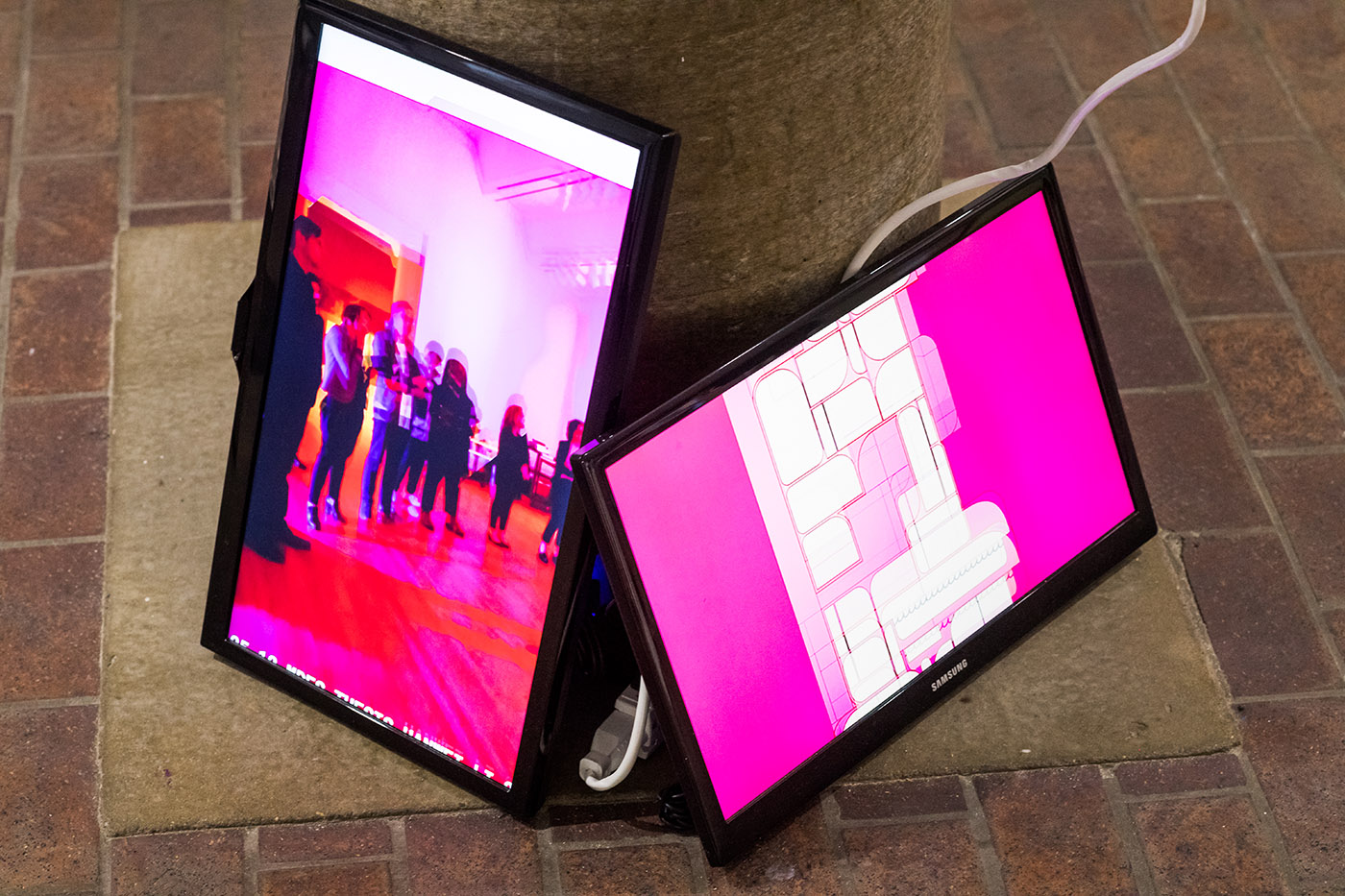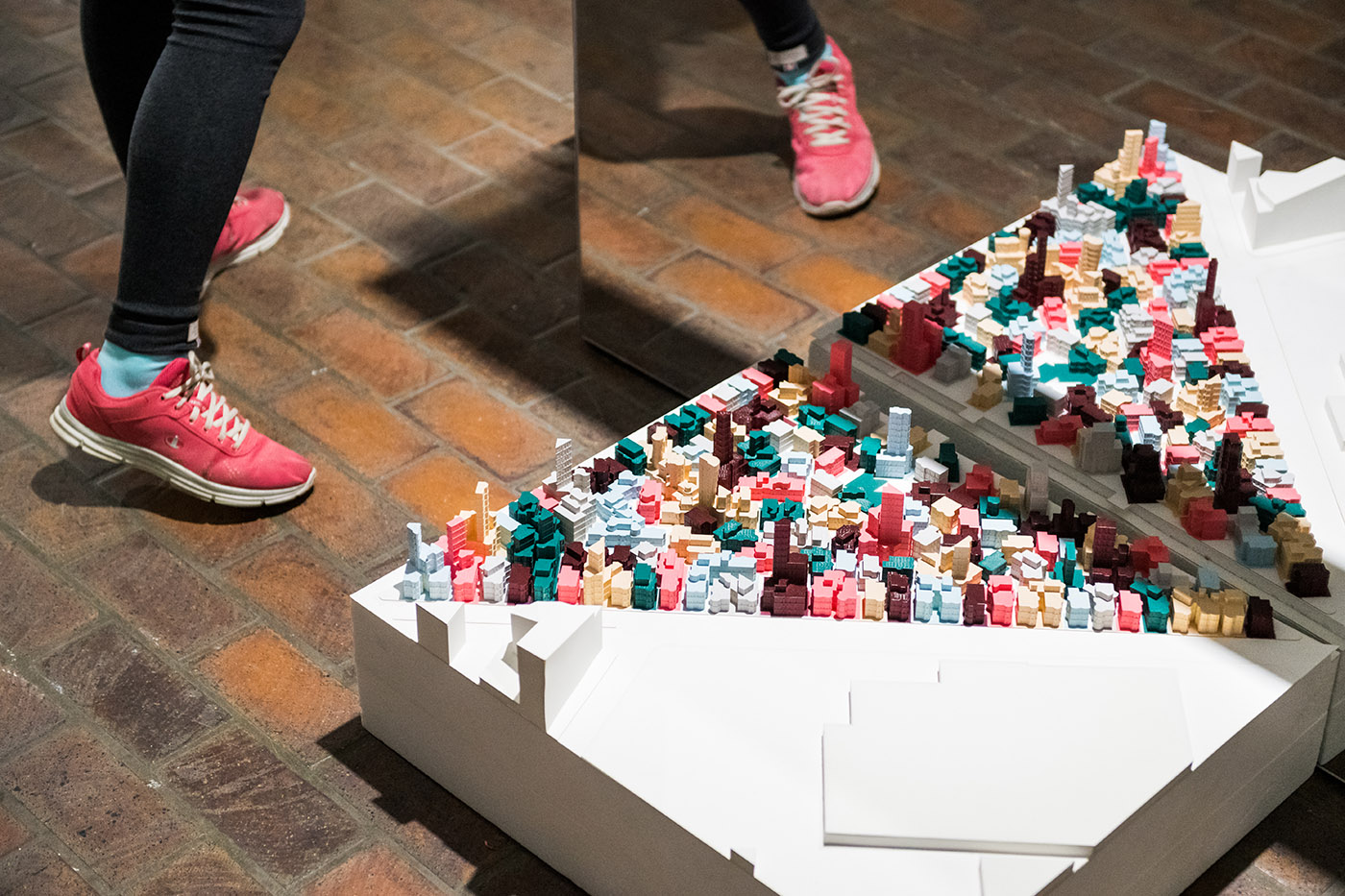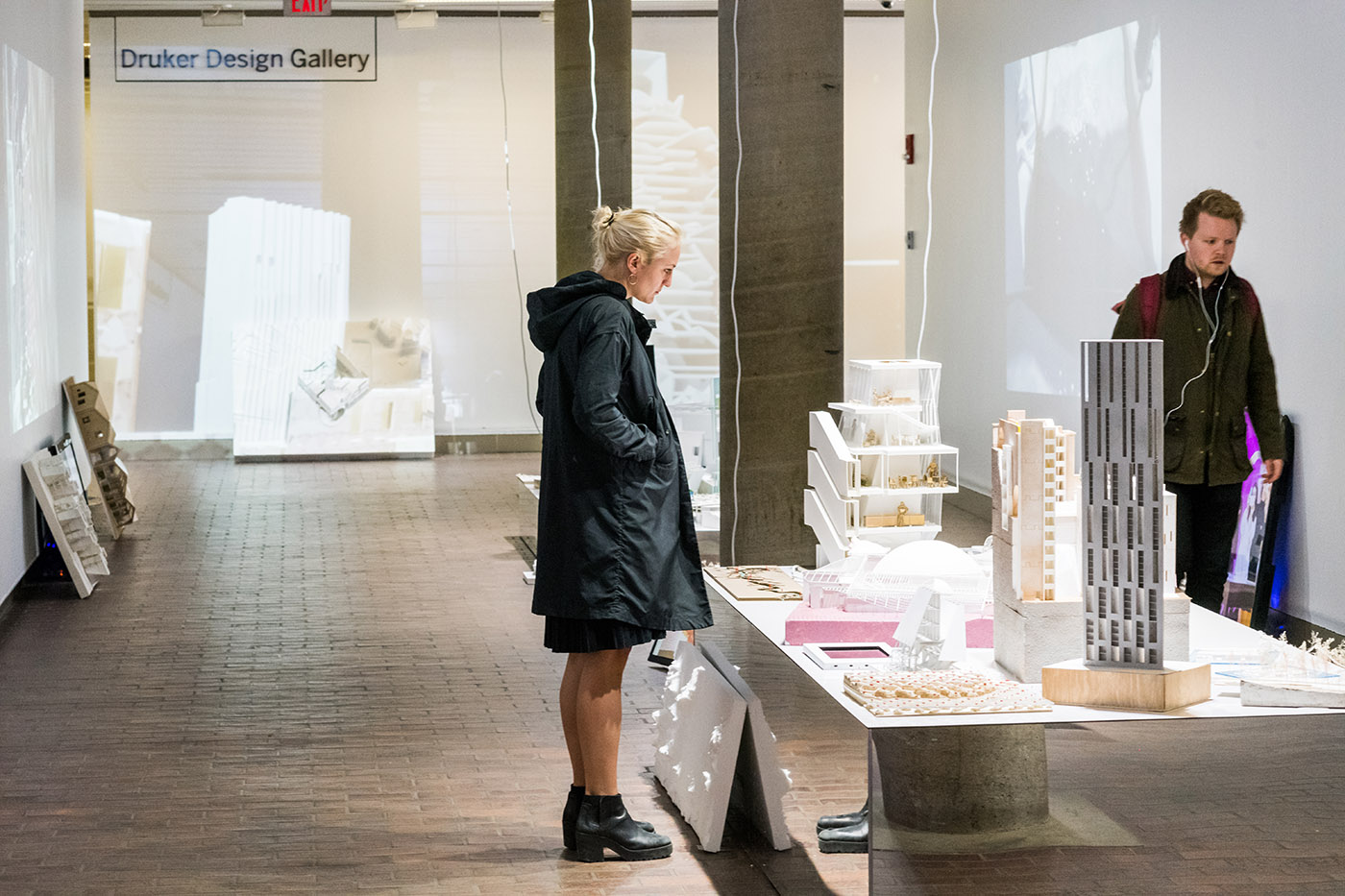Live Feed: Platform 10
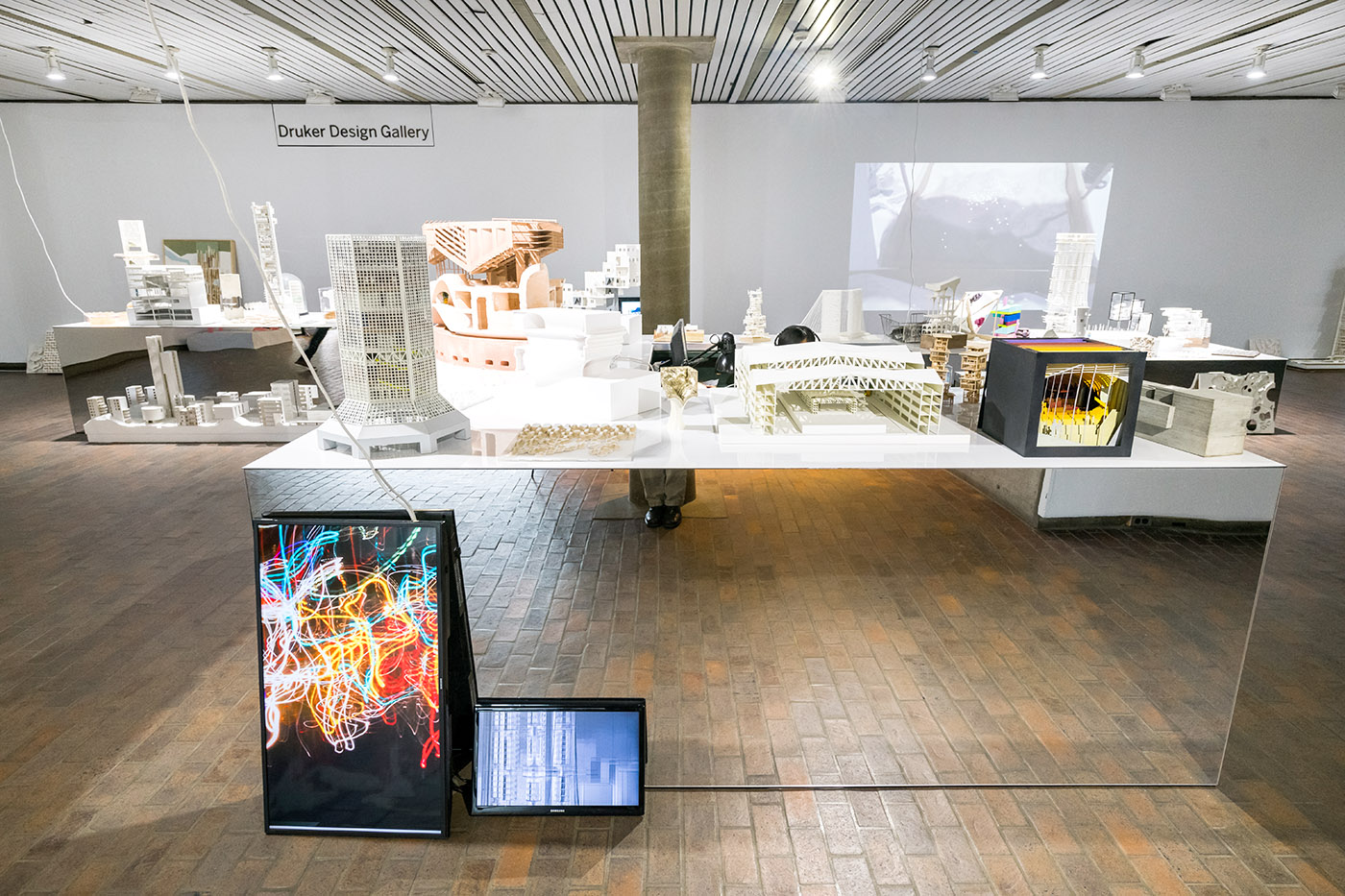
Letter from the Dean
The mission and the work of the Harvard University Graduate School of Design oscillates between knowledge construction and societal relevance. As it unfolds, this negotiation produces its own themes and variations in emphasis between the two areas. Understanding and then responding to a particular social issue might call for the development of new forms of design knowledge. Equally, beyond these advances per se, the articulating of disciplinary knowledge can enhance and deepen our cultural sensibilities and social values.
The GSD’s commitment to this form of preparation, to study for its own sake as well as for its potential contribution to society, requires not just an identification of current and future possibilities for action, but an awareness of the past. Beyond its role for students and faculty, preparation—as in being ready to take on a specific set of tasks—can also become an institutional mandate. Institutions are time-bound, which explains in part their fragility. To produce work that is relevant for this moment, they need to constantly review and question their capabilities. Today, with so many major challenges facing our planet, from climate change and resource depletion to social and political inequity and globalization, the onus is on us to provide a wide range of creative ideas and strategies—designs—that have the potential to improve the quality of life of people across the globe. In terms of their range, diversity, and scale, the issues facing the built environment transcend the boundaries of any single design discipline. If it is to have any measure of success, then, design needs to be thought of as a team activity, drawing on the knowledge and expertise of multiple disciplines to help define and address specific topics.
This type of collaborative work is highly dependent on communication and the willingness to enter into participatory, experimental, and speculative conversations with others. The works shown in this exhibition are individual and collective manifestations of this task, and have been made possible through the contribution of a number of individuals. It is inspiring to witness the work of so many talented students, and the commitment and dedication of the GSD faculty and staff. I am grateful to Jon Lott and John May for acting as the faculty editors of Platform 10: Live Feed. A curated exhibition can never achieve the spontaneity of a conversation or a se tof conversations in real time—the atmosphere, the nuances, the back-and-forth, but most importantly the capacity to clarify and overcome miscommunication. Even in the case of emails, the lapse in time between receiving and responding to a thought is often prone to misinterpretation. Yet, social media is attempting to get closer to constructing dialogue in real time, in a manner akin to face-to-face communication.
Platform 10 and its editors have used the structure of this form of communication as a way to overcome the typical isolation of architectural projects in the gallery. The result is a novel way of reviewing projects that also tries to capture something of the dynamic environment of the GSD through social media, and where different programs and projects exist within a condition of participation and engagement. This official and unofficial accounting of the School combines into a hybrid form of documentation incorporating multiple layers of perception. Our hope is that the reader will also become more engaged in this mediated process, enhancing the value of the oscillation between furthering knowledge and developing creative ideas/designs that will ultimately contribute to environmental and social transformation.
—Mohsen Mostafavi, Dean and Alexander and Victoria Wiley Professor in Design
Letter from the Curators
Among the most significant changes in everyday life over the past half-century are those that originate in the relatively recent emergence of so-called “real-time” technologies. Electronic currency markets, embedded reporting, social media, reality television, traffic monitoring, security networks. In every instance, the implicit claim made by these technologies is the same: by collapsing the distance between life and its representations, real-time techniques offer a more accurate (and therefore a more objective) depiction of our lives. Indeed, the New Oxford American Dictionary states that “real time” is “the actual time during which a process or event occurs”—a not-so-subtle tautology that hardly separates it from time itself.
And yet, as we know, this implied objectivity relies upon evermore complex technical support systems—vast assemblies of hardware and alphanumeric code that remain mostly unseen by their everyday users, tended by small groups of technical managers whose job itis to maintain smooth and uninterrupted streams of data. At the same time, for users to keep pace, these feeds consume contents quickly that the resolution of the stuff supplied becomes increasingly subjective, or even secondary, to the new forms of collective participation and play they foster.
Thus, we confront a central paradox: the “live feeds” of outlives are exponentially more mediated than the analog forms of documentation they are so quickly replacing and erasing. This fact, in combination with the rapid manipulability endemic to all electronic media, now presents us, its users, with radically new conditions of knowledge and imagination.
Under these conditions, real-time platforms for meaningful self-expression and fictionalization are inextricably tied to the novel consequences—political, ethical, epistemological—of a world in which distortion, simulation, and manipulation are often indistinguishable from their opposite. The difference between context and content collapses; the resolution of things is called into question.
All of this suggests that the “live feed” is a far more difficult concept than its name would suggest, and that much closer attention must be paid to those very forms of mediation through which we now live out our lives. In the live feed, only feedback matters. Where when is the new what, next is the new now, and that fuzzy filter will take whatever you give it.
—Jon Lott, Assistant Professor of Architecture, and John May, Assistant Professor of Architecture
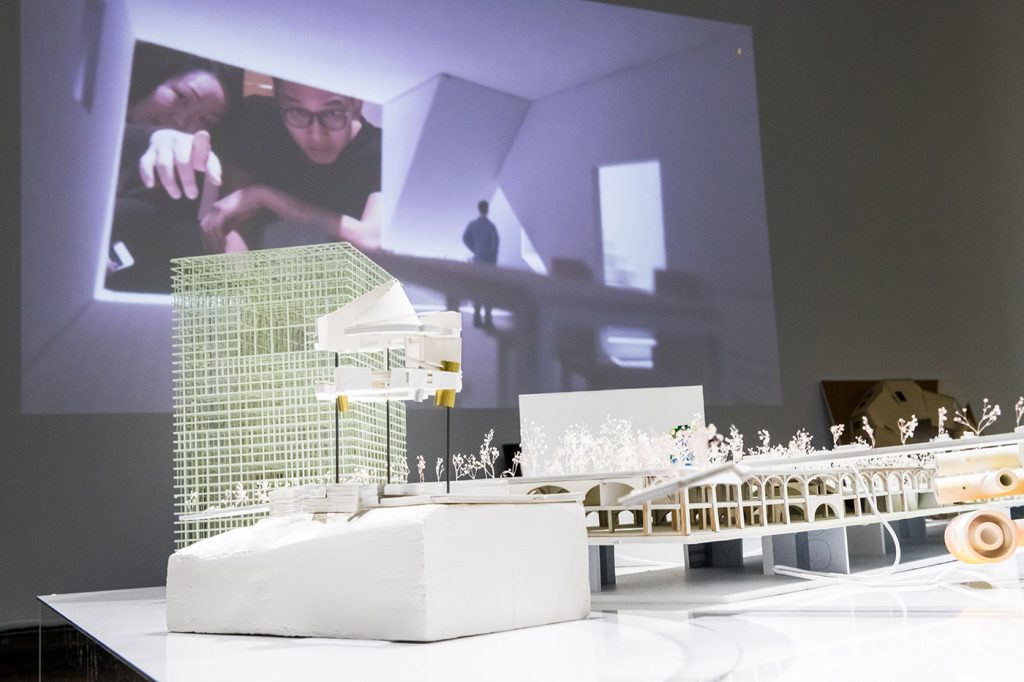
Credits
Exhibition Design Team
Dan Borelli, Director of Exhibitions
David Zimmerman-Stuart, Exhibitions Coordinator
Justin Gallagher (MArch ’17); Grace McEniry (March ’19); Scott March Smith (MArch ’17); Emerald Hanguang Wu (MArch ’18); Sofia Balters (MArch ’17); Benjamin Halpern (MArch ’17); Hyojin Kwon (March ’18)
Installation Team
Christine April; Elizabeth Asch; Ray Coffey; Jef Czekaj; Anita Kan; Sarah Lubin; Jesus Matheus; Joanna Vouriotis
Special Thanks
Mohsen Mostafavi, Dean and Alexander and Victoria Wiley Professor of Design
Patricia Roberts, Executive Dean
Ken Stewart, Assistant Dean and Director of Communications and Public Programs
Ann Whiteside; Janina Mueller; Kevin Lau, Frances Loeb Library
Mark Hagen; Johann Hinds, Computer Resources Group
Chris Hansen, Fabrication Laboratory
